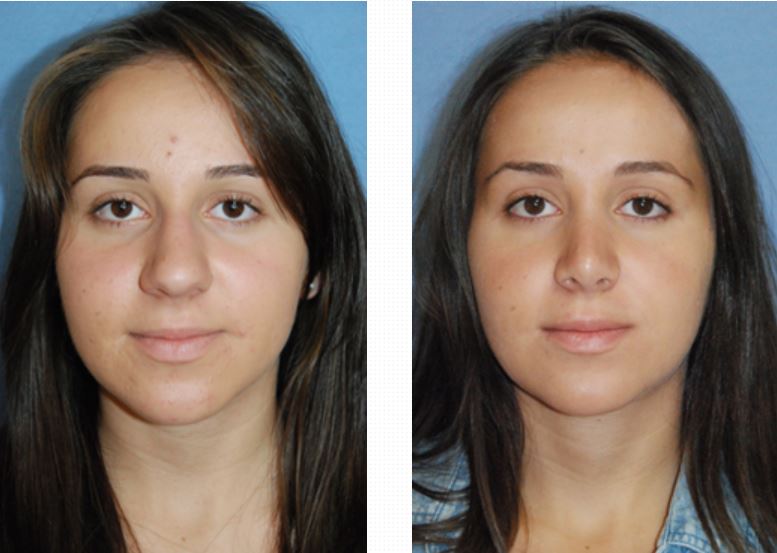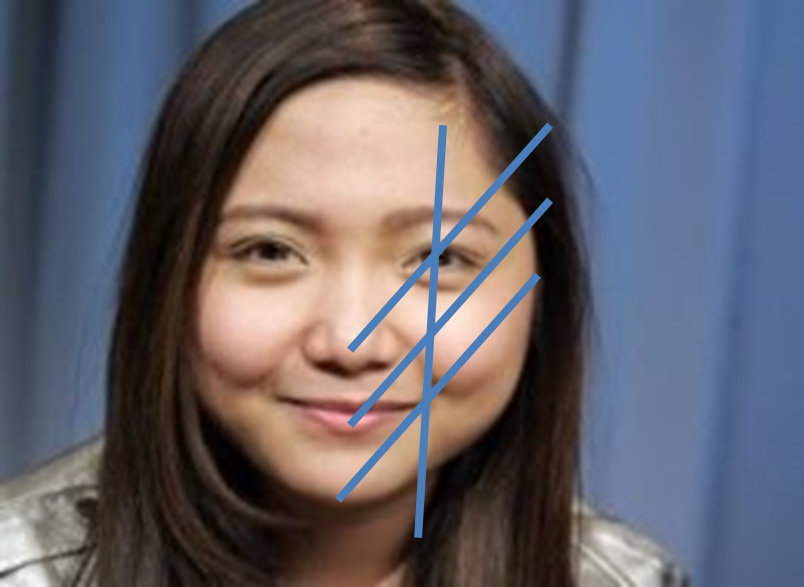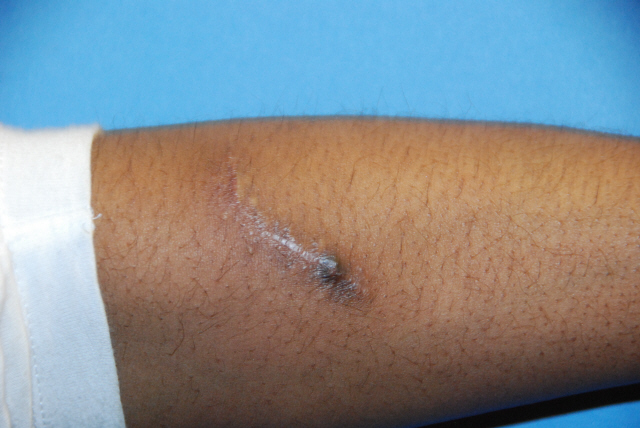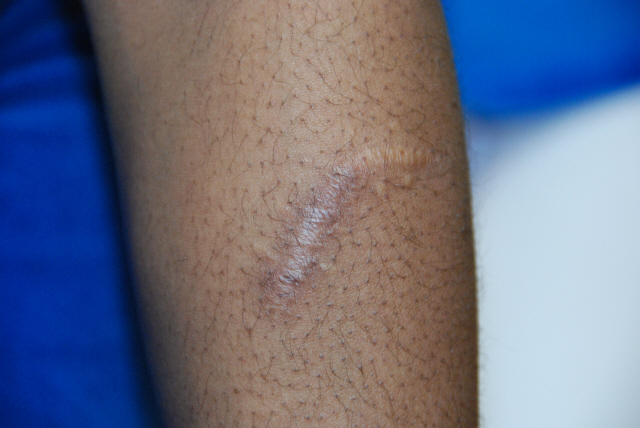Revision Rhinoplasty (Dr Young specializes in revision rhinoplasty as is located in Bellevue / Seattle Washington) is a very difficult procedure. Rhinoplasty itself is one of the most difficult surgeries that a plastic surgery will perform during his career. Usually there are a lot of anatomical issues that are much different in a revision rhinoplasty as opposed to rhinoplasty done on a nose that has not had anything done. The first major thing is scarring from previous procedures that obscures your view of the existing anatomy. The scarring makes it harder to dissect through the planes and identify important structures. Sometimes it is simple where there is a persistent hump on the bridge that needs to be lowered. If the lowering involves removing bone, you may need to get your nasal bones restructured which could increase the recovery with more bruising. If too much bone or cartilage was taken, you may need an implant or graft from somewhere else. Silicone, and medpor can be used (goretex is another option) and these are some options. Rib or ear cartilage are other options that will require harvesting from those areas of the chest wall or back of the ear. Whether rib or ear is chosen depends on the size of the defect. If it is larger, a rib graft might need to be used. If the defect is smaller, ear cartilage could suffice. Your surgeon could determine what is the best choice with your understanding and together you can decide. Many people don’t want to harvest a rib cartilage graft given the extent of the surgery. This is when an implant might be better. Implants with silicone, medpor, and goretex are options as I mentioned. The benefits of these implants are that they keep their shape, they don’t require harvesting from another site, they don’t cause cancer, they don’t get absorbed so the augmentation you acheive is likely going to stay for a very long time. The drawbacks are that there is a higher risk for infection, chronic pain, extrusion, etc. These are all in contrast with tissues that are harvested from your own body. Many times, with revision rhinoplasty you also need to use grafts to replace missing tissue in the nose. This needs to be done to either correct the irregularities of the nasal tip, the collapse of the middle part of the nose that is above the nasal tip, or improve the relationship between the nostril rim and the flaring of the nostrils. When you go into see your doctor, he should explain to you that they are planning to do to correct, options that they have for you, choices that you can have a say in, etc. They should be an open book about how they are planning your revision and you should all of your questions answered. If you have additional questions you can always write me here or contact me through my website at www.drphilipyoung.com.
Thanks for reading, Dr Young
Dr Young specializes in Facial Plastic and Reconstructive Surgery and is located in Bellevue near Seattle, Washington



